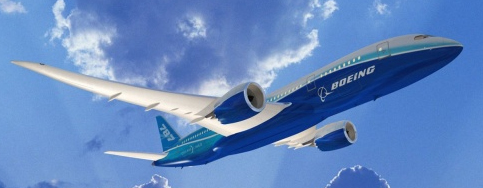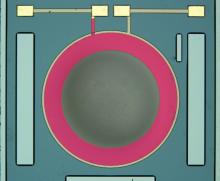Development of a MEMS Piezoelectric Microphone for Aeroacoustic Applications
Description

Passenger expectations for a quiet flight experience [1] coupled with concern about long-term noise exposure of flight crews [2] drive aircraft manufacturers to reduce cabin noise in flight. Cabin noise has traditionally been limited using insulating panels and skin dampers on the fuselage. Unfortunately, these thin panels are not effective at reducing low frequency (long wavelength) noise and cannot be made thicker due to weight concerns [1]. Treating the noise at its source shows potential for reduction of low frequency noise and weight savings compared to insulating panels. With fuel costs rapidly increasing, reduction of excess weight and subsequent maximization of the "revenue-generating payload" [3] is more important than ever.
In order to identify noise sources and assess the impact of noise reduction technologies during the design process, aircraft manufacturers require robust, low cost microphones. Measuring primary sources of cabin noise, such as shockcell noise, is difficult under simulated cruise conditions in test facilities [1] and establishes the need for microphones that can be used in full-scale tests at altitude. Their use on the fuselage exterior requires extremely small packaged sizes, in addition to the ability to withstand moisture and freezing conditions at flight altitudes. Microelectromechanical systems (MEMS) microphones show promise for meeting the stringent performance requirements of aircraft manufacturers at reduced size and cost, made possible using batch fabrication technology [4-9].


